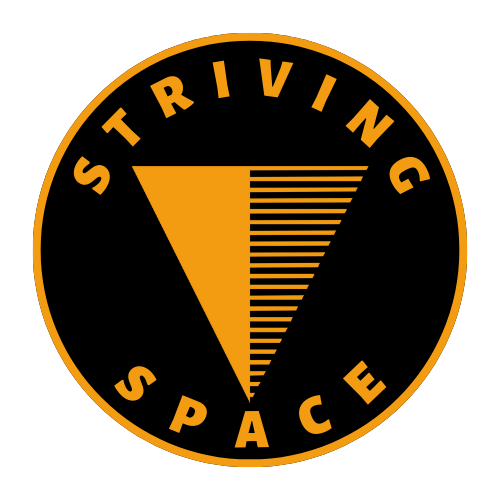What is useful content?
Useful content refers to information that provides value to the reader in the context of blogging. It should address their needs, interests, and pain points in a helpful way. Useful content can be delivered in different forms, such as:
- Solving a problem: Providing a step-by-step solution to a common issue faced by your target audience.
- Offering new knowledge: Sharing insights, research, or original ideas that educate and inform readers.
- Entertaining and engaging: Creating content that is enjoyable to read and sparks positive emotions.
- Inspiring action: Motivating readers to take specific steps based on the information presented.
Structure of useful content:
While specific structures can vary depending on the content type and niche, a general framework for useful blog posts often includes:
- Attention-grabbing headline: The title should be clear, concise, and intriguing enough to draw readers in.
- Engaging introduction: Briefly introduce the topic, explain its relevance to the audience, and pique their interest.
- Well-organized body: Divide the content into logical sections with headings and subheadings for easy navigation. Each section should focus on a specific subtopic and provide in-depth information.
- Use of visuals: Incorporate images, infographics, videos, or other visuals to enhance understanding and make the content more appealing.
- Clear and concise language: Use simple, easy-to-understand language and avoid jargon or overly technical terms.
- Actionable steps: If applicable, offer concrete steps readers can take based on the information presented.
- Strong conclusion: Summarize key points, reiterate the value proposition, and leave a lasting impression.
- Call to action: Encourage readers to take the next step, such as subscribing to your blog, leaving a comment, or visiting your website.
Creating useful content step-by-step:
Creating useful content step-by-step: Here’s a guide on how to create useful content that’s crucial for Google Search experience for your blog:
- Define your target audience: Identify the specific group of people you want to reach and understand their needs, interests, and challenges.
- Choose a topic: Select a relevant topic that resonates with your audience and aligns with your overall blog theme.
- Conduct research: Thoroughly research the topic to gather accurate information, statistics, and expert opinions.
- Outline your content: Create a clear outline to organize your thoughts and ensure logical flow.
- Write in a conversational style: Use a friendly, engaging tone that connects with your readers.
- Edit and proofread: Carefully review your work for grammar, spelling, and factual errors.
- Optimize for search engines: Include relevant keywords throughout your content to improve its visibility in search results.
- Promote your content: Share your posts on social media, relevant online communities, and email newsletters.
- Track and analyze your results: Monitor key metrics such as website traffic, engagement, and conversions to see what resonates with your audience and make adjustments as needed.
Niche Example: Healthy Eating

Let’s apply this framework to the niche of healthy eating. Suppose you want to write a blog post about creating a healthy meal plan. Here’s a breakdown:
Title: 5 Easy Steps to Create a Healthy Meal Plan for Busy Weekdays
Introduction: Briefly introduce the importance of healthy eating for busy individuals and highlight the benefits of having a meal plan.
Body:
- Step 1: Identify your dietary needs and preferences. (e.g., vegetarian, gluten-free)
- Step 2: Plan your meals based on your schedule. (e.g., quick breakfasts, packable lunches)
- Step 3: Create a grocery list. (focusing on whole foods and ingredients you’ll actually use)
- Step 4: Prep your meals in advance. (e.g., chopping vegetables, cooking grains in bulk)
- Step 5: Be flexible and adjust your plan as needed. (e.g., unexpected events or changes in appetite)
Conclusion
Summarize the key takeaways and encourage readers to put these steps into practice.
Call to action
Invite readers to download a free meal planning template or share their healthy meal ideas in the comments.
Remember: Creating useful content requires dedication, research, and continuous improvement. By consistently providing valuable information and engaging your audience, you can build a loyal following and achieve your blogging goals.
Why Useful content is crucial for Google Search?
The importance of useful content for Google Search cannot be overstated. Here are several reasons why:
- User satisfaction: Google aims to provide its users with the best possible search experience by delivering accurate, relevant, and helpful results that effectively answer their queries. By prioritizing useful content, Google ensures that its users are satisfied and continue to rely on its search engine.
- Algorithm effectiveness: Google’s algorithms use various factors to rank websites and content in search results, with the usefulness and relevance of the content being one of the most important factors. Useful content is more likely to be clicked on, engaged with, and shared, which signals to Google that it’s valuable and deserving of higher rankings.
- Long-term engagement: Useful content fosters long-term user engagement. When users find valuable information on a website, they are more likely to return to that site in the future. This consistent engagement strengthens the website’s authority in the eyes of Google and increases its visibility in search results.
- Trust and reputation: By promoting useful content, Google builds trust with its users, who recognize the search engine as a reliable source of information. This strengthens Google’s overall brand reputation.
- Healthy ecosystem: Promoting useful content discourages spam and low-quality content from dominating search results, promoting a healthier online ecosystem where users have access to accurate and trustworthy information.
- Ad revenue: When users find valuable content through Google Search, they are more likely to click on ads displayed alongside the results, generating revenue for Google. This revenue supports Google’s continued development and maintenance of the search engine.
n summary, useful content is essential for a successful Google search experience, benefiting both users and Google by providing a reliable and valuable online information ecosystem.













